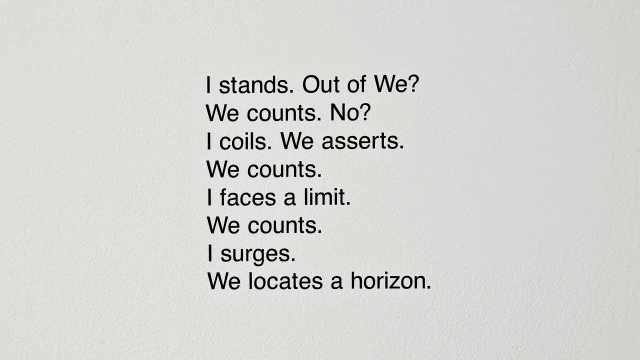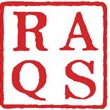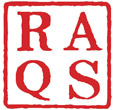Guesswork
Frith Street Gallery, London (2012)
The works featured in Guesswork invite the viewer to consider what it means to measure infinity and to seize time rather than to be captive to the passing moment. By working with pixels and proverbs, circuits and syntax, Raqs turn thoughts into images and images into questions. The works ask us – how might one read, or unread, the relation between singularity and the multitude? What does one say when one is at a loss for words? How does one harness the energy of questioning what we take for granted? Guesswork, being guess-work, provides conjectures rather than answers in response to these questions.
Acrylic, MDF, red LEDs, electrical wires, gold mylar sheet
Marks offer a luminous typographic annotation to the political imagination. The illuminated shapes produced by the array of red light bulbs suggest an arresting configuration of orthographic devices – a question mark and an exclamation sign – that couple to form an echo of the hammer & sickle sign. The work bathes the entrance to the foyer in red light, and finds itself reflected on many of the surfaces that surround it. By having questions marks and exclaimation marks perform the hammer & sickle sign, ‘Marks’ (a play on the name ‘Marx’) reiterates and celebrates the legacy of asking questions and articulating deeply felt human desires.



Laser-cut metal on acrylic, vinyl text (222 x 204 x 10 cm)
In Rewriting On the Wall, hand-prints are reconfigured to produce an alphabet of gestures—each a gloss of the letters in standard American Sign Language as used by deaf and mute people. The letters add up to a text (which accompanies the work): a stammering, hesitant, syntactically unsure consideration (written by a hand that appears on the wall like the hand that wrote on the wall in the episode of Belshazzar’s feast in the Old Testament) of the relationship between ‘I’ and ‘We’ and the horizon that encompasses singular and plural modes of being.




Looped video projection (00:47 minutes)
In every sum figured by power, a remainder haunts the calculation. Not everything adds up. A people are never equal to a listing of their bodies. They are something more and something less than a population. Counting counter to the reasons of state, Raj Konai, a peasant from nineteenth century Bengal, the owner of the floating trace of a disembodied hand indexed in a distant archive, persists in his arithmetic. The handprint of Raj Konai was taken in 1858 under the orders of William Herschel – scientist, statistician, and at the time, a revenue official with the Bengal government. It was sent by Herschel to Francis Galton, a London eugenicist and pioneer of identification technologies. It is currently in the custody of the Francis Galton Collection of the University College of London. This is where the Raqs collective first encountered the image of Raj Konai’s hand. Fingerprinting experiments, and later technologies, all began with this handprint. India has now embarked on a nationwide Unique Identification Database (UID) and plans to have its billion soon counted and indexed.





